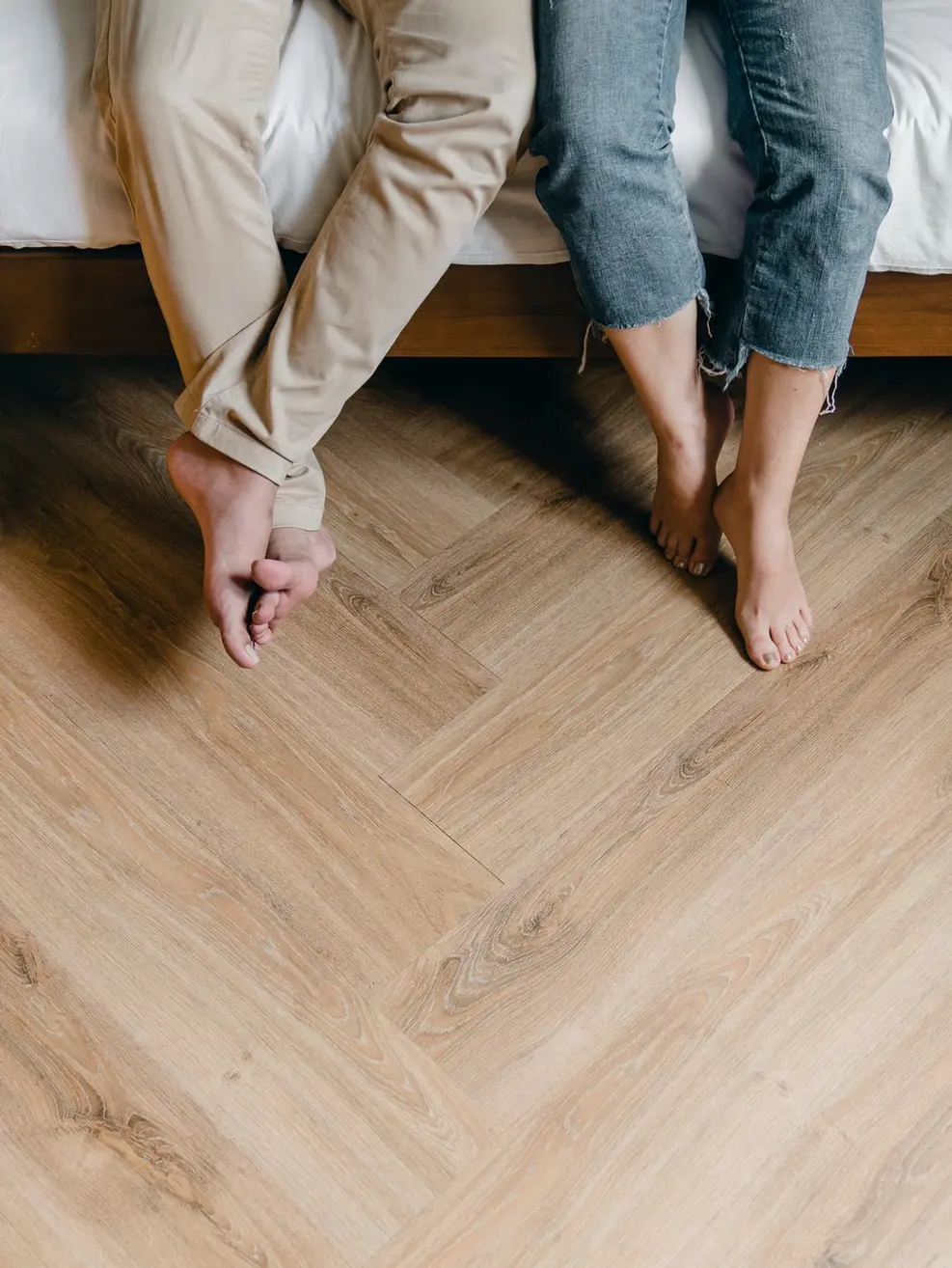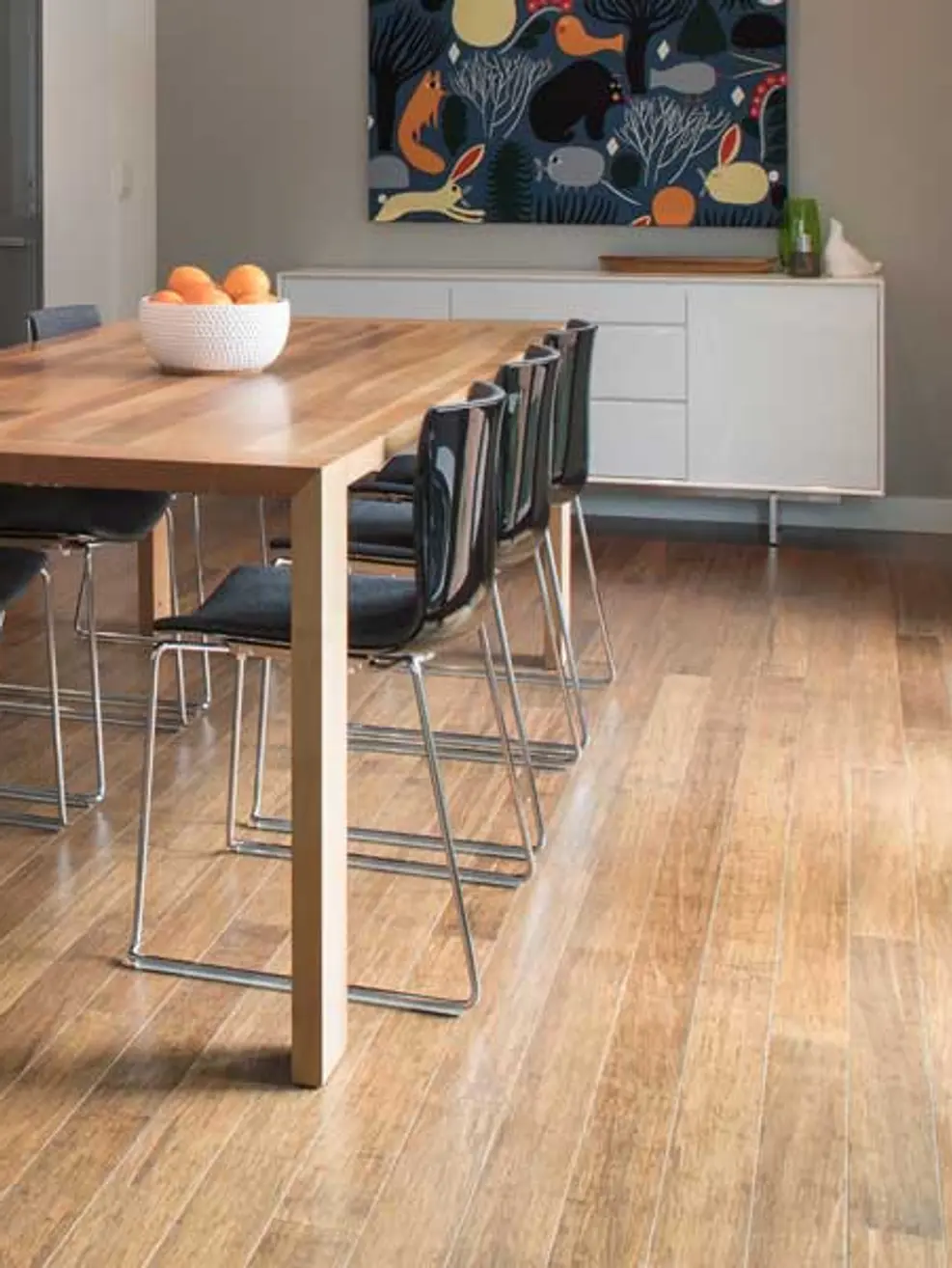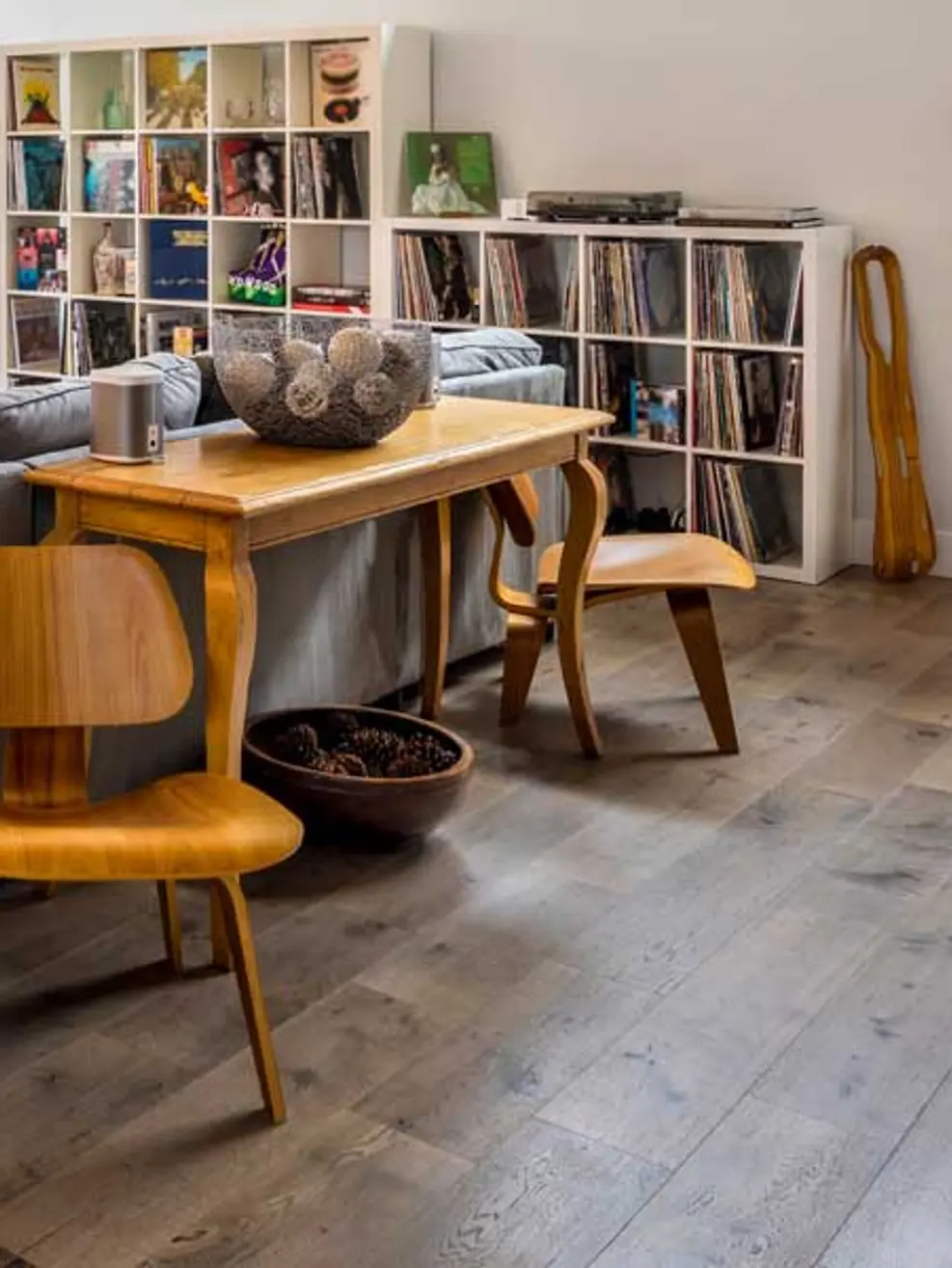Choosing the perfect wood flooring for your home or project can be a daunting task, but with the help of wood flooring samples, you can make informed decisions and ensure that your final choice aligns with your vision and aesthetic preferences. In this guide, we'll explore the best practices for using wood flooring samples effectively, whether you're a homeowner embarking on a renovation or a designer seeking the ideal flooring solution for your clients.
- Gather a Variety of Samples:
- Start by collecting a diverse range of wood flooring samples that match your desired species, color, finish, and style preferences.
- Consider gathering samples from different manufacturers and suppliers to explore a wide array of options and quality levels.
- Assess in Natural Light:
- Examine the wood flooring samples in the natural light of the space where they will be installed to accurately gauge their color, texture, and appearance.
- Natural light can significantly influence how wood flooring looks and feels, so it's essential to evaluate samples under these conditions to make informed decisions.
- Compare Against Existing Elements:
- Hold the wood flooring samples against existing elements in the room, such as wall colors, furniture, cabinetry, and décor, to ensure compatibility and harmony.
- Consider how the samples complement or contrast with other design elements in the space to achieve a cohesive and balanced look.
- Test in Different Lighting Conditions:
- View the wood flooring samples under various lighting conditions, including natural daylight, artificial lighting, and evening illumination, to observe how they appear in different settings.
- Lighting can significantly impact the color, warmth, and undertones of wood flooring, so it's essential to assess samples under different lighting scenarios to anticipate their appearance throughout the day.
- Visualize the Entire Space:
- Place the wood flooring samples on the floor of the room or area where they will be installed to visualize how they will look in the context of the entire space.
- Step back and assess the samples from different angles and perspectives to gain a comprehensive understanding of their impact on the overall aesthetic.
- Consider Practical Factors:
- Evaluate the durability, maintenance requirements, and suitability of the wood flooring samples for the intended use and traffic level of the space.
- Factor in practical considerations such as ease of installation, compatibility with underfloor heating systems, and environmental sustainability when making your final selection.
- Seek Professional Advice:
- Consult with flooring experts, interior designers, or architects for guidance and recommendations based on your specific needs, preferences, and budget.
- Professionals can offer valuable insights, expertise, and industry knowledge to help you navigate the selection process and choose the best wood flooring option for your project.
Wood flooring samples are invaluable tools that allow homeowners and designers to visualize, compare, and select the perfect flooring for their spaces. By following these tips and guidelines for using wood flooring samples effectively, you can streamline the decision-making process, achieve your desired aesthetic, and create stunning interiors that reflect your style and personality. Whether you're renovating a single room or designing an entire home, let wood flooring samples be your trusted companions in bringing your vision to life.




